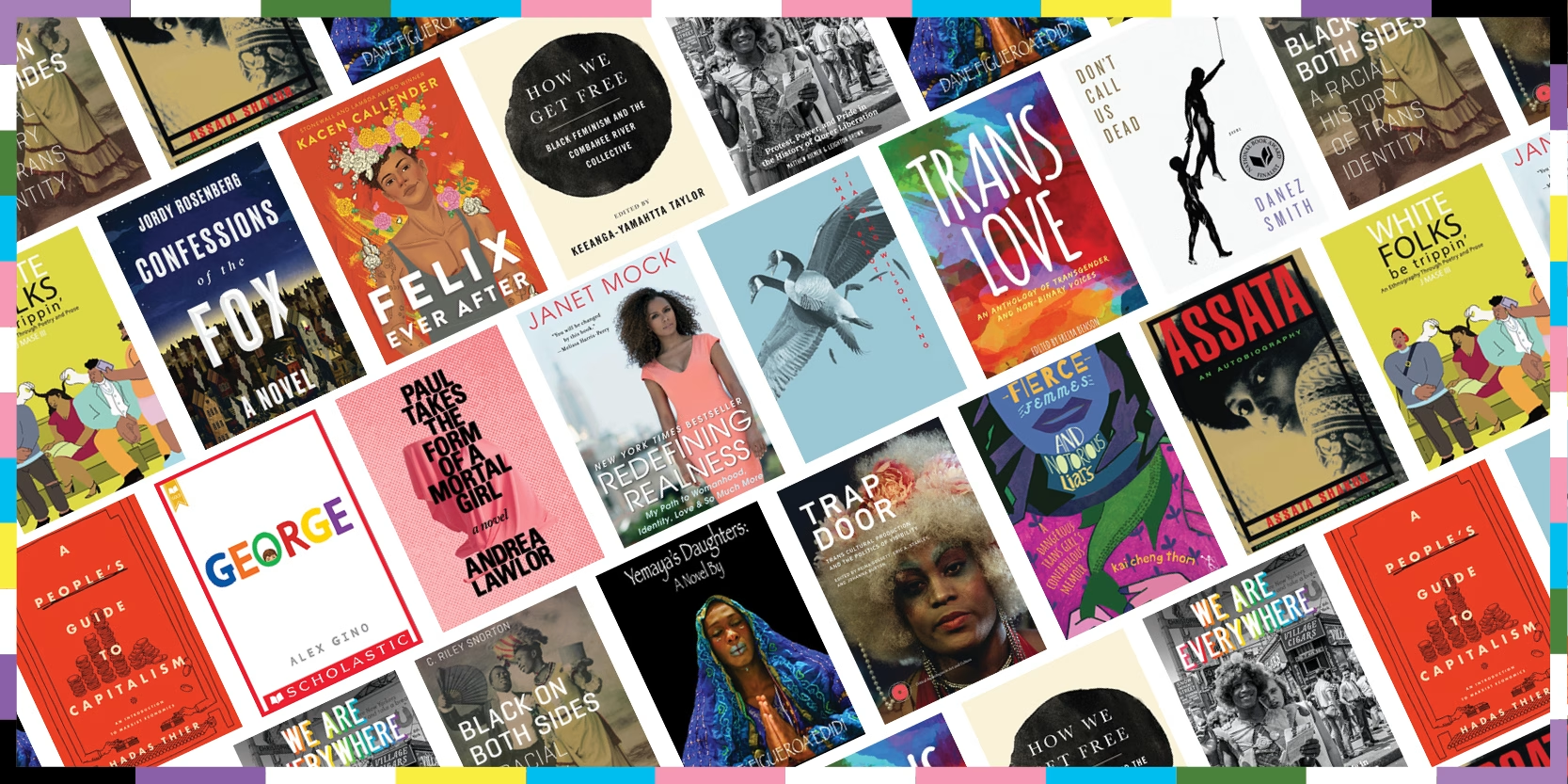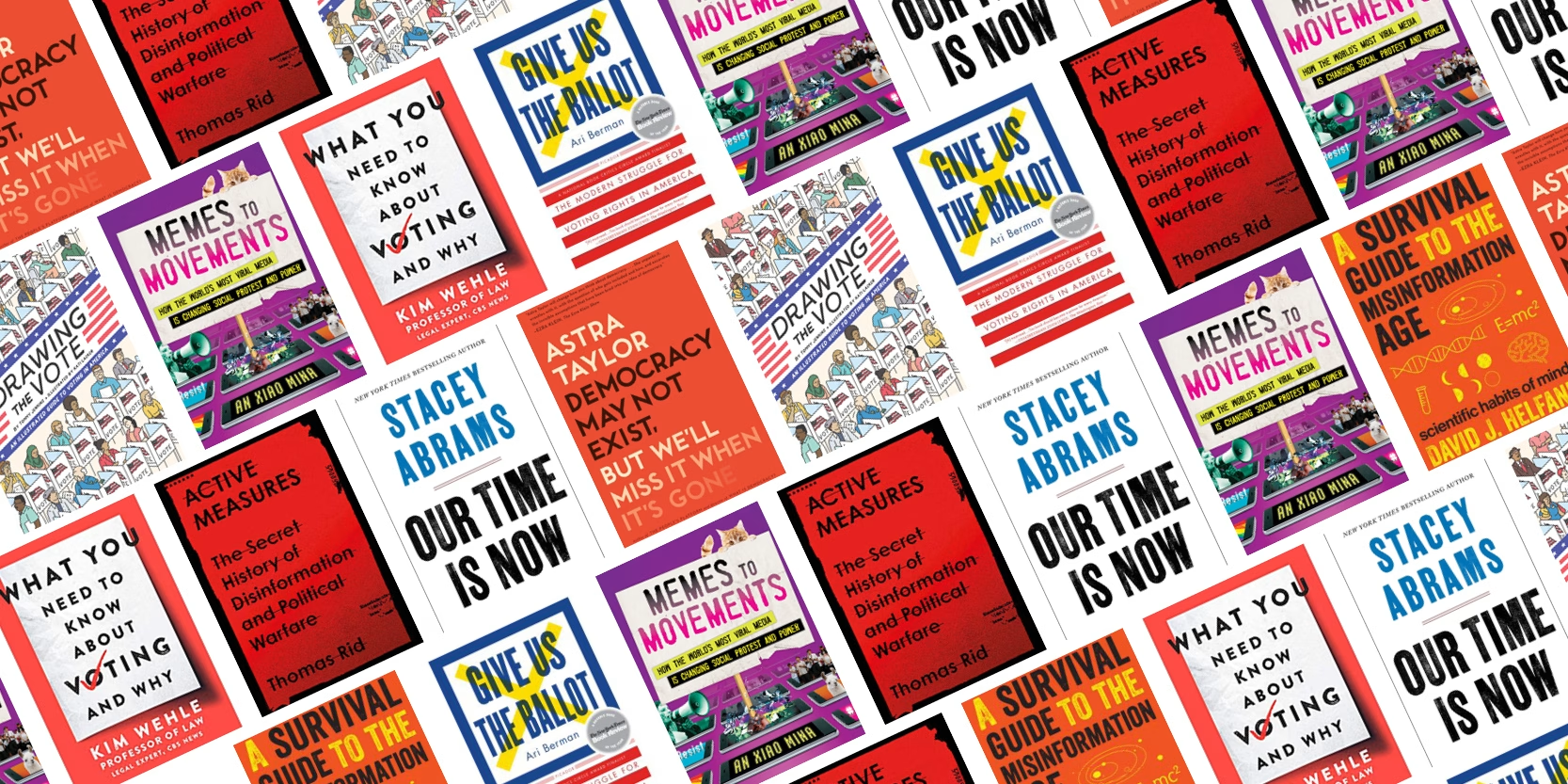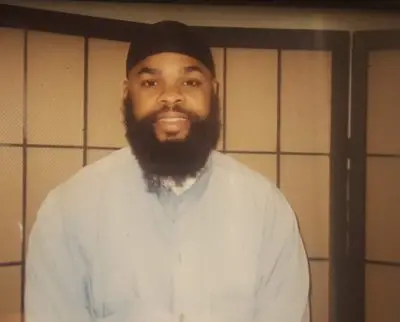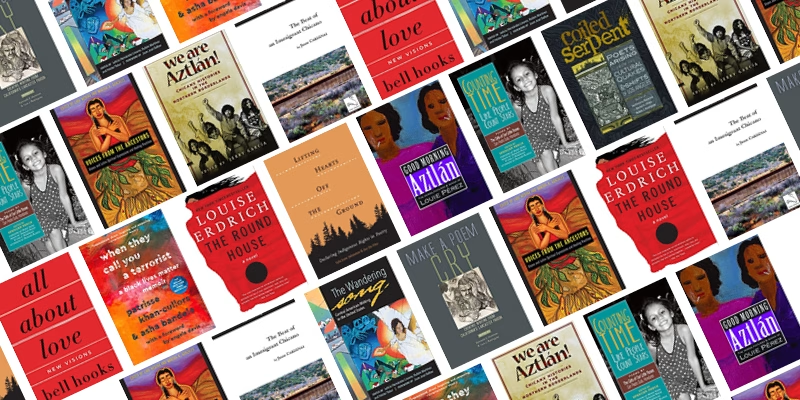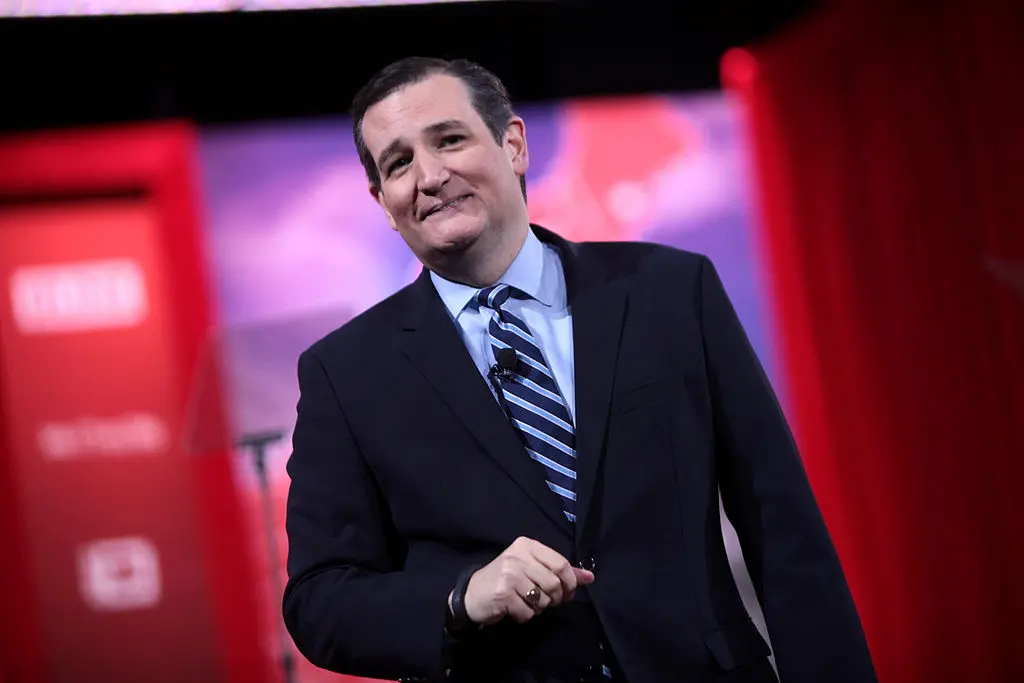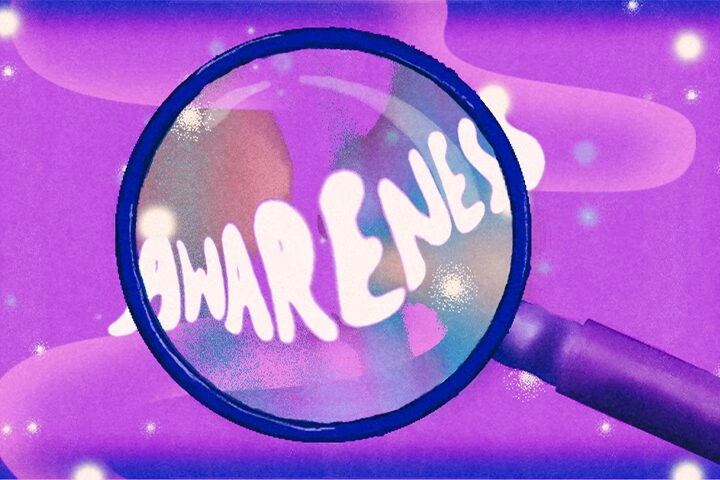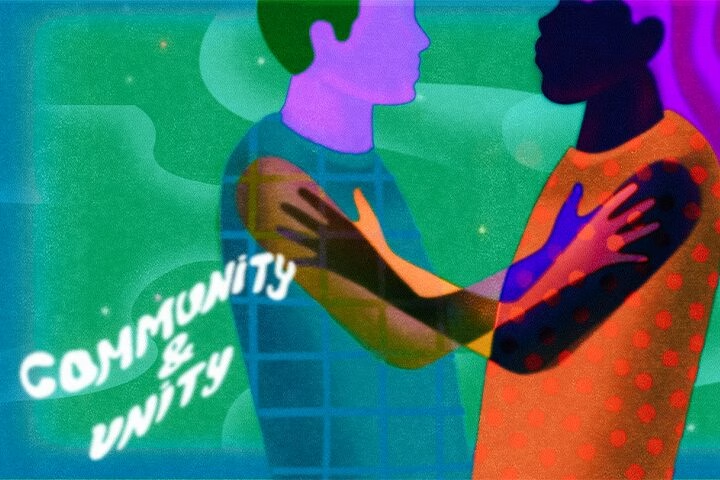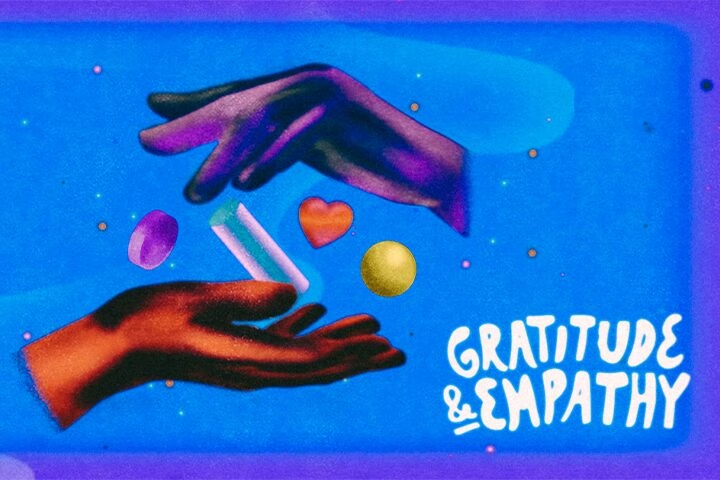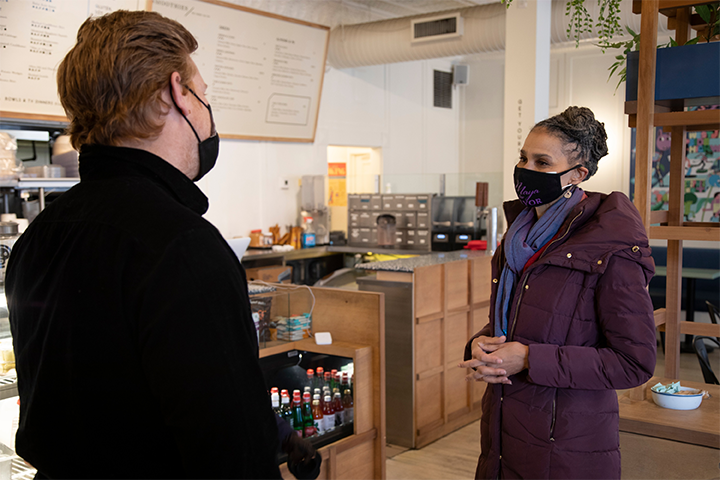
This spring, the NYC Literary Action Coalition has been meeting with mayoral candidates, asking them how they plan to support and uplift writers and the city’s storied culture of literary arts. The following is a transcript of the Coalition’s conversation with nonprofit executive, educator, and Democratic candidate for mayor Maya Wiley. The interview has been condensed and edited for clarity.
If you are a candidate and want to chat with the Literary Action Coalition, please reach out to Alejandro Heredia at [email protected].
What role do you see the arts and literary arts specifically playing in the recovery of New York City from the pandemic?
I absolutely would love to answer that question. It is near and dear to my heart and actually to many of the team member’s hearts. It is something we actually have specifically in one of our policy proposals, but I just want to start by saying, one, I have a child who would love to be a graphic novelist. And one of the things that animated my decision to run was a conversation we had three years ago when she was 13 or 14. We were talking about how she was thinking about whether she could really do this, and she worked it all out because she’s an old soul.
She told me she had to get a job as a cashier or maybe in a restaurant. And then she would have time to work. She was going to use Patreon to put her stuff out, to start to develop an audience, and start to get paid. And then she figured out how much, if she was successful, she’d get through Patreon. And she did the math on minimum wage. She got very teary and said, “I think I could only spend $600 a month on rent. Where can I live? Because I don’t think it’s here.” Obviously, that hits home very personally. And I, as the daughter of a mother who was a huge bibliophile, was on the board of—and on a selection committee of—Blue Mountain Center, and actually spent summers up at Blue Mountain Center and for whom Poetry House was a very important place. And the Nuyorican Poets Cafe was definitely a part of my hangout years before I was too tired to hang out.
It’s such a rich part of what New York is. And what we need to recover about the city needed to take place before COVID. So affordable housing is a big part of it, right? It’s not the only part, but just like that conversation with my daughter—and we’ve been hearing it from the arts community writ large, including writers, including folks who are in the gig economy world of fashion, of artists, visual artists, performers, the whole range of the arts community, that does include writers—has been a part of this conversation.
We had a people’s assembly explicitly about this—affordable housing is a key piece, because that’s such a part of why writers are struggling and why even my daughter’s trying to imagine whether she could do this. I’ve been very explicit publicly about the need to create housing that is truly affordable for folks who are at the low-income end of the ladder, not only middle income—that is a lot of our arts community, part of the low-income community. And the housing, affordable housing we’ve created doesn’t actually meet the price points. For example, an actor who is in a Mitchell-Lama building [an affordable housing program] in Tribeca—one of the few affordable spaces—but Tribeca is having the same struggle. So when we’re talking about these income levels, we are talking about the arts community, writ large, including writers.
“Affordable housing is a key piece, because that’s such a part of why writers are struggling and why even my daughter’s trying to imagine whether she could do this. I’ve been very explicit publicly about the need to create housing that is truly affordable for folks who are at the low-income end of the ladder, not only middle income—that is a lot of our arts community, part of the low-income community.”
The other thing that we’ve done is, in our New Deal for New York—which is where we will spend $10 billion in capital construction—we’ve made the arts and culture community an explicit part of what we will look at when we do capital construction, including spaces.
I’m someone who has always loved and benefited from public readings. My mother died in 2013, but it was one of our mother-daughter activities to go hear some writer that we really wanted to hear from. And that kind of space—we have to have it in the community, not just Broadway. We need Broadway to come back. I want Broadway to come back. I miss Broadway, too, but we need to also recognize that this kind of arts and culture space, there’s also space that needs to exist in all our communities.
My other child, she is 20 now and at The New School as an undergraduate, trying to figure out what the hell she’s going to do. But she actually went to a public school for middle school and got in on the creative writing talent. The idea that she had to specialize in middle school for creative writing is obscene to me. And frankly, it was a program that I now wanted to blow up and bomb after she went through it, because it actually killed her joy for creative writing. Destroyed it. Absolutely eviscerated it.
She’s 20 years old now, and I’m still struggling to get her back in touch with her creative writing. It’s the tyranny in this: this high stakes, professionalized sense of arts and culture, seeing it as something that’s competitive and a privilege rather than something that is joy-filled and creative and touching. But this is something we can change about the education system, too. I’m saying that because I think that we have failed. There were two other Black girls in her creative writing program, and I will call out race on this. The other two also had their writing destroyed in the process. And it’s something that we have to change, particularly when we think of who our student populations are in our public schools and who our creatives are, because we have not sufficiently been investing in creativity as a core part of education.
That is something I think would actually deepen and expand both the interest, engagement, and impact of our public education system. So that’s something I want to work on.
“It’s the tyranny in this: this high stakes, professionalized sense of arts and culture, seeing it as something that’s competitive and a privilege rather than something that is joy-filled and creative and touching. But this is something we can change about the education system, too. I’m saying that because I think that we have failed. . . And it’s something that we have to change, particularly when we think of who our student populations are in our public schools and who our creatives are, because we have not sufficiently been investing in creativity as a core part of education.”
Can you say more specifically in terms of what you would do if elected mayor to support literary arts, keeping in mind that so many literary groups are very small compared to the larger institutions in the city?
I’m going to throw that back at you. I don’t mean that as a dodge. I think one of the reasons that I’m running, and one of the things that I saw both as an advocate before government going into government, as a racial justice advocate for 25 years before I went into city government—I went into city government because I believed it could be different and more transformative, saw proof points of that, but also saw where it failed to do it.
And a lot of times the failure was by not listening and learning about what it could do differently and better. And so, I’m not going to ever be the person who pretends to you that I have all the answers. Because I don’t. Now obviously, we have cultural arts as a government institution, and so, one of my questions would be, well, what are we doing? Are we doing enough? And what are the opportunities we have to partner more through cultural affairs? Because I am much clearer on what it does for big cultural institutions. I am someone who believes deeply in investing in small and local and neighborhood-based [organizations] as well. You know, which is both the history and tradition of Nuyorican Poets Cafe.
My friend also runs The Laundromat Project, which is a wonderful way of embedding visual arts and supporting artists and low-income communities of color, but there all these different ways in which we can and must be supporting neighborhood-based [organizations] that I really want to think about, but I don’t have all the answers. It’s something we need to learn more about.
Currently the largest cultural groups in the city get the majority of city arts funding. Do you have any thoughts on how to better reallocate city funds so that it’s more equitable?
It certainly shouldn’t just be the large ones, particularly since they command so much private-dollar donation and some charge admission—so although that’s its own problem, right, because we should be able to access those institutions without having to pay. I grew up in D.C., where you could just walk in places with no money in your pocket. I’ve been in New York for over 30 years, and I still can’t adjust to the fact that you have to be able to afford to go into a cultural institution. So I think part of what I hear you saying is about allocation of dollars. I think that’s something we absolutely have to look at.
“We want to prioritize a couple of different parallel tracks as we think about reimagining New York City. One obviously is recovering, but recovering in a way that’s investing in communities and in communities being whole, which is where I think arts and culture absolutely fits into the sense of the whole community. Because as I said, we know there’s cultural expression all throughout communities, all across this city. It’s just that so much of it happens outside of the radar screen of city government.”
As I said, we want to prioritize a couple of different parallel tracks as we think about reimagining New York City. One obviously is recovering, but recovering in a way that’s investing in communities and in communities being whole, which is where I think arts and culture absolutely fits into the sense of the whole community. Because as I said, we know there’s cultural expression all throughout communities, all across this city. It’s just that so much of it happens outside of the radar screen of city government. So absolutely, I would be very much interested in conversation about it.
And that, as I said, we were already thinking about it in terms of the policies we were creating around investment and being explicit about investment in communities that have been hard hit by COVID, with arts and culture being an explicit part of that. We’re thinking about space because that’s what capital construction does, but also being very explicit that when we are looking at budgeting, that we were going to think about how the expense side of the budget—not just the capital side—leverages what the capital side is doing for more social infrastructure as we call it, and I think, arts and cultural social infrastructure.
Who is your favorite New York City writer, and what are perhaps some memorable literary events you’ve attended in the city?
Well, it’s funny. I have lots. So N. K. Jemisin is definitely on my favorites list. I love the genre of science fiction and fantasy in general. But what’s happening amongst Black writers, which is truly literary as well as being in that arts, that sci-fi and fantasy space I love. That’s a big favorite of mine, but James Baldwin is one of my all-time favorite writers. Him and Toni Morrison. You didn’t ask this, but I’m going to tell you anyway. Ralph Waldo Ellison had the most impactful essay for me, which was “Hidden Name and Complex Fate.” And I reread it. I made my partner read it before we named our children. I was like, “We’re not naming kids until you read this,” and he did. It’s not the most recent, but I do want to say it was the most impactful. And maybe just because it was so personal to me because my mother passed away in 2013.
As I said, she was an avid reader. I mean, the number of boxes of books I had to deal with after she passed away, and it was painful because every book felt like a piece of her. She would not give a book away, ever. Like, she kept every book. I have books that she read in the 1950s. She has an entire first edition of Willa Cather. It wasn’t like she was saving them like these were the first editions. She was saving them because she loved the books. I’ve still got too many books, and I haven’t even gone [through them] because I had that feeling of, “I have to read these books before I give them away, because they are such a piece of my mom.”
But the memory is an old one because it was back in Fort Greene after James McBride wrote The Color of Water. My mother was white, and she and I went to a neighborhood bookstore in our neighborhood because he hadn’t blown up yet. This is when he had just written a book and it was his first book, and we went and heard it together and hugged him afterwards because it was also deeply meaningful for us personally, in terms of our own personal experience as a mother and a daughter. So it remains probably one of the most powerful, just because there’s a lot of emotional and personal attachment to it.
Visit Maya Wiley for Mayor (mayawileyformayor.com) to learn more about Wiley’s campaign.


